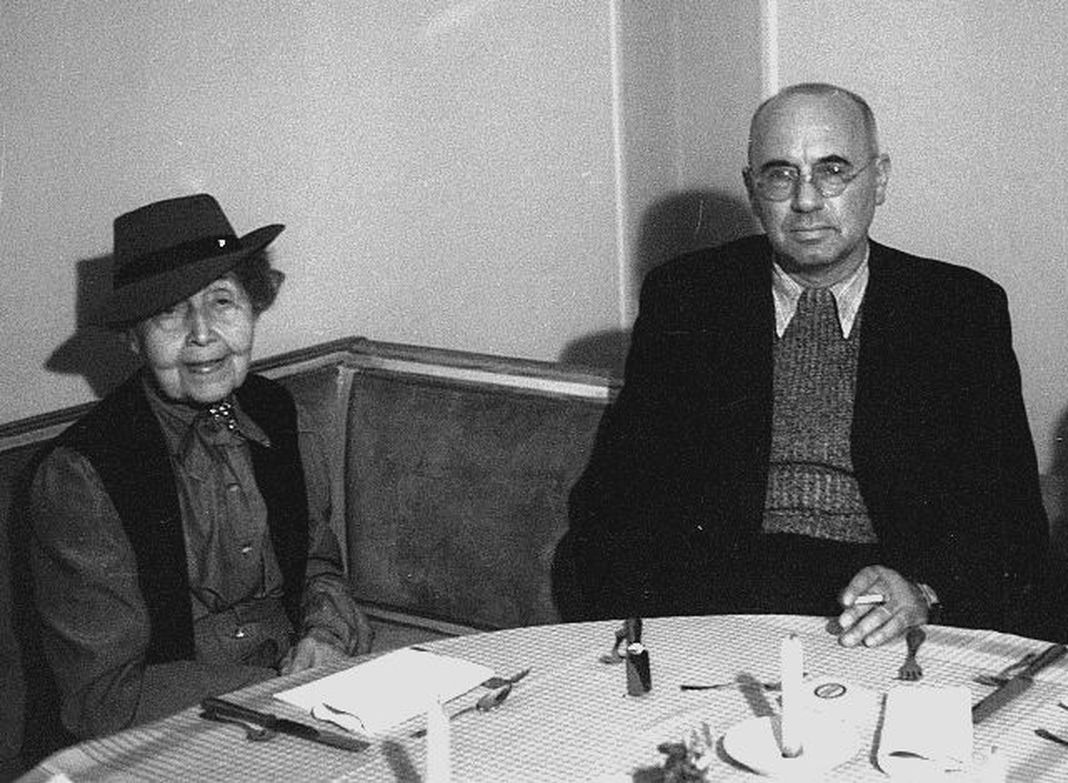|
Ich Lebe Für Dich
''Triumph of Love'' (German: ''Ich lebe für Dich'' (lit. I live for you)) is a 1929 German silent drama film directed by William Dieterle and starring Dieterle, Lien Deyers and Olaf Fønss.Bocl & Bergfelder p.90 It was made by the German branch of Universal Pictures and shot at the Tempelhof Studios in Berlin and on location in Arosa in Switzerland and the Spree Forest in Brandenburg. The film's art direction was by Alfred Junge and Max Knaake. Cast * William Dieterle as Bergson * Lien Deyers as Nicoline * Olaf Fønss as Fürst Wronsky * Erna Morena as Fürstin Wronsky * Hubert von Meyerinck Hubert "Hubsi" von Meyerinck (23 August 1896 – 13 May 1971) was a German film actor. He appeared in more than 280 films between 1921 and 1970. Biography Meyerinck was born in Potsdam, Brandenburg, the son of Friedrich von Meyerinck (1858� ... as Flemming References Bibliography * Hans-Michael Bock and Tim Bergfelder. ''The Concise Cinegraph: An Encyclopedia of German ... [...More Info...] [...Related Items...] OR: [Wikipedia] [Google] [Baidu] |
William Dieterle
William Dieterle (July 15, 1893 – December 9, 1972) was a German-born actor and film director who emigrated to the United States in 1930 to leave a worsening political situation. He worked in Cinema of the United States, Hollywood primarily as a director for much of his career, becoming a United States citizen in 1937. He moved back to Germany in the late 1950s. His best-known films include ''The Story of Louis Pasteur'' (1936), ''The Hunchback of Notre Dame (1939 film), The Hunchback of Notre Dame'' (1939) and ''The Devil and Daniel Webster (film), The Devil and Daniel Webster'' (1941). His film ''The Life of Emile Zola'' (1937) won the Academy Award for Best Picture, the second biographical feature to do so. Early life and career He was born Wilhelm Dieterle in Ludwigshafen, the youngest child of nine, to factory worker Jacob and Berthe (Doerr) Dieterle. As a child, he lived in considerable poverty and earned money by various means, including carpentry and as a scrap dealer ... [...More Info...] [...Related Items...] OR: [Wikipedia] [Google] [Baidu] |
Spree Forest
The Spree Forest or Spreewald (; , , i.e. 'the Swamps') is a large inland delta of the river Spree, and a historical cultural landscape located in the region of (Lower) Lusatia, in the state of Brandenburg, Germany, about 100 km southeast of Berlin and close to the city of Cottbus ( L.S. Chóśebuz). The Spree Forest is located within the settlement area of the (Lower) Sorbs, and the region is officially bilingual, German and Lower Sorbian. As extensive floodplain and bog landscape, the Spree Forest was designated a biosphere reserve by UNESCO in 1991, called ''Biosphärenreservat Spreewald'' (''biosferowy rezerwat Błota''). It is known for its traditional irrigation system, consisting of more than 200 small canals (called ''Fließe''; total length: ) within the area, for its unique flora and fauna, and for its traditional flat-bottomed boats, the ''Spreewaldkähne''. The landscape was shaped during the last Ice Age. The region's most populous towns are Lübbenau/Sp ... [...More Info...] [...Related Items...] OR: [Wikipedia] [Google] [Baidu] |

